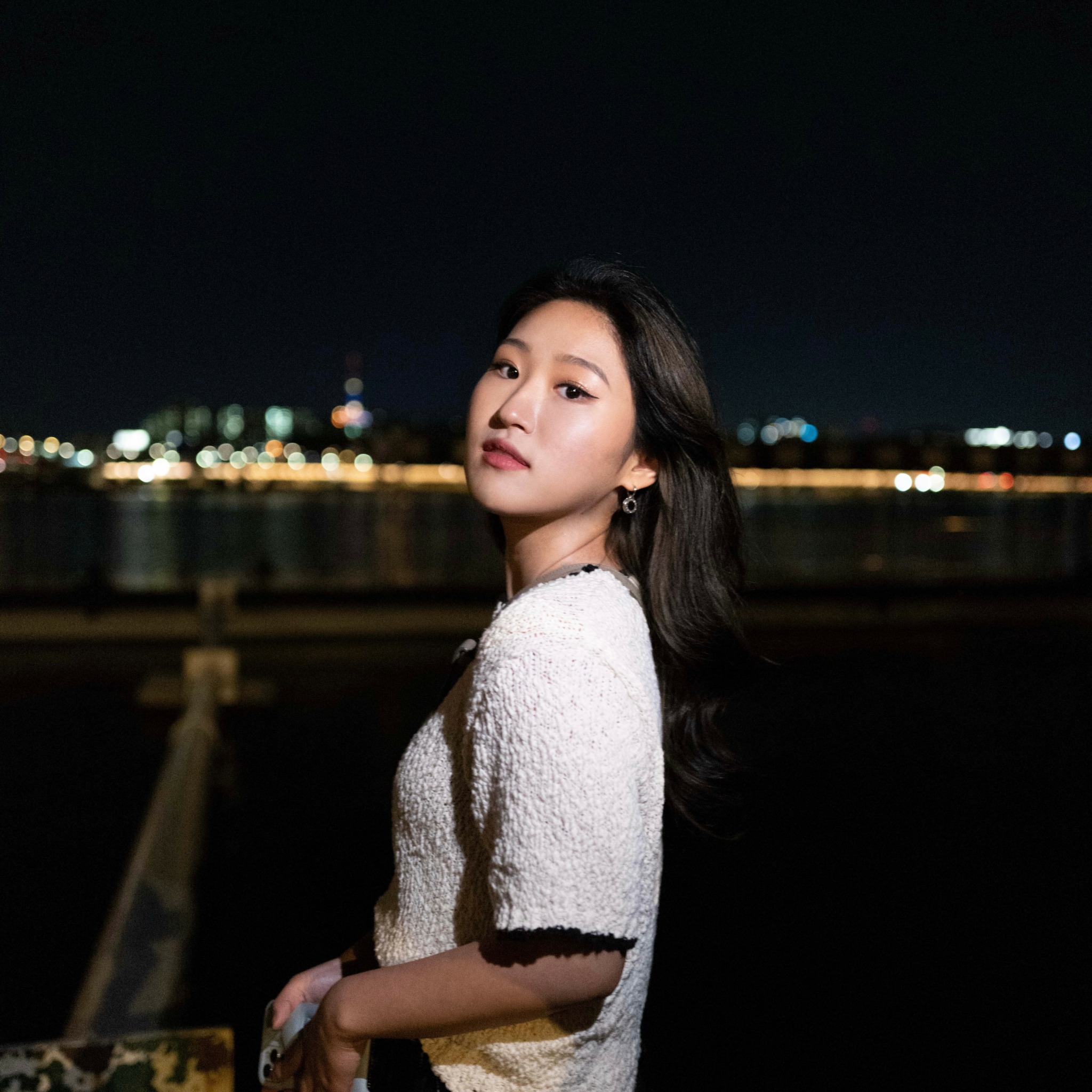We recently connected with Jungmin Yoon and have shared our conversation below.
Jungmin, appreciate you joining us today. What’s been the most meaningful project you’ve worked on?
One of the most meaningful projects I’ve worked on is Timeless Clock, a digital installation that reimagines how we experience time.
At its core, Timeless Clock challenges the standardized way we read time. The installation stacks the minute and hour hands vertically, allowing time to be read from above. However, when viewed from the side, all you see is the speed at which the hands move, rather than the actual time.
We often assume time is constant, but in reality, our perception of time is deeply personal. A 12-hour flight can feel like an eternity, while being stuck in traffic before an important meeting makes time feel like it’s slipping away twice as fast. Regardless of how we experience time emotionally, the clock moves at a steady, fixed pace—reminding us that while time is universal, how we interpret it is subjective.
This project was meaningful to me because it pushed me to think about how we can visualize abstract concepts through design. While it may seem different from my commercial graphic design work, it reinforced my belief that design is a storytelling tool—a way to communicate ideas and evoke emotions through visual experiences.

Awesome – so before we get into the rest of our questions, can you briefly introduce yourself to our readers.
I’m a graphic and motion designer who believes that design is more than just aesthetics—it’s about problem-solving and storytelling.
I started my career at Apple, working on the branding and visual identity for major product launches and events. These experiences shaped my perspective on how design influences perception—whether it’s a campaign that introduces new technology to the world or a simple symbol that represents a company’s environmental commitment.
Now, as a designer, I continue to work across branding, digital experiences, and motion design, helping brands communicate their identity and values.
I work across both static and motion mediums. I see design as a full experience, where motion adds a layer of time and interactivity to a brand’s identity. Whether it’s a logo animation, a campaign visual, or an interface, I think about how elements move, interact, and evolve—in addition to how they look in a single frame.
At the end of the day, my goal is to help brands and businesses tell their stories through design in a way that is clear, compelling, and memorable.

Is there something you think non-creatives will struggle to understand about your journey as a creative? Maybe you can provide some insight – you never know who might benefit from the enlightenment.
One of the biggest misconceptions about design is that simplicity is easy.
People often assume that a clean, minimal design means less effort went into it—but in reality, the simpler something looks, the harder it was to create. Every element, from spacing and typography to color and composition, has to be intentional. Stripping something down to its essence while still making it feel impactful takes time, iteration, and restraint.
Another thing people don’t always realize is that design is not just about making things “look good”—it’s about function, communication, and emotion. A well-designed interface should feel effortless, a brand identity should feel authentic, and a motion piece should feel alive—and achieving that requires more than just creativity. It takes strategy, psychology, and constant refinement.

Learning and unlearning are both critical parts of growth – can you share a story of a time when you had to unlearn a lesson?
I used to believe that the only way to grow as a designer was through harsh critique. I thought that unless someone tore my work apart, I wasn’t getting valuable feedback. I actively sought out the toughest critiques because I felt they were the only way to improve.
Over time, I realized that positive feedback is just as valuable as criticism—sometimes even more. Positive feedback helps you see what’s working, what makes your work unique, and what you should lean into. If you only focus on what’s wrong, you risk losing the essence of what makes your design effective in the first place.
Now, I try to listen to both sides—embracing critique when something needs improvement but also recognizing the strengths that make my work successful. Growth isn’t just about fixing mistakes; it’s about understanding and amplifying what you’re already doing well.
Contact Info:
- Website: https://www.yvetteyoon.design
- Linkedin: https://www.linkedin.com/in/yvetteyoon/


Image Credits
All image credits are under Jungmin Yoon


